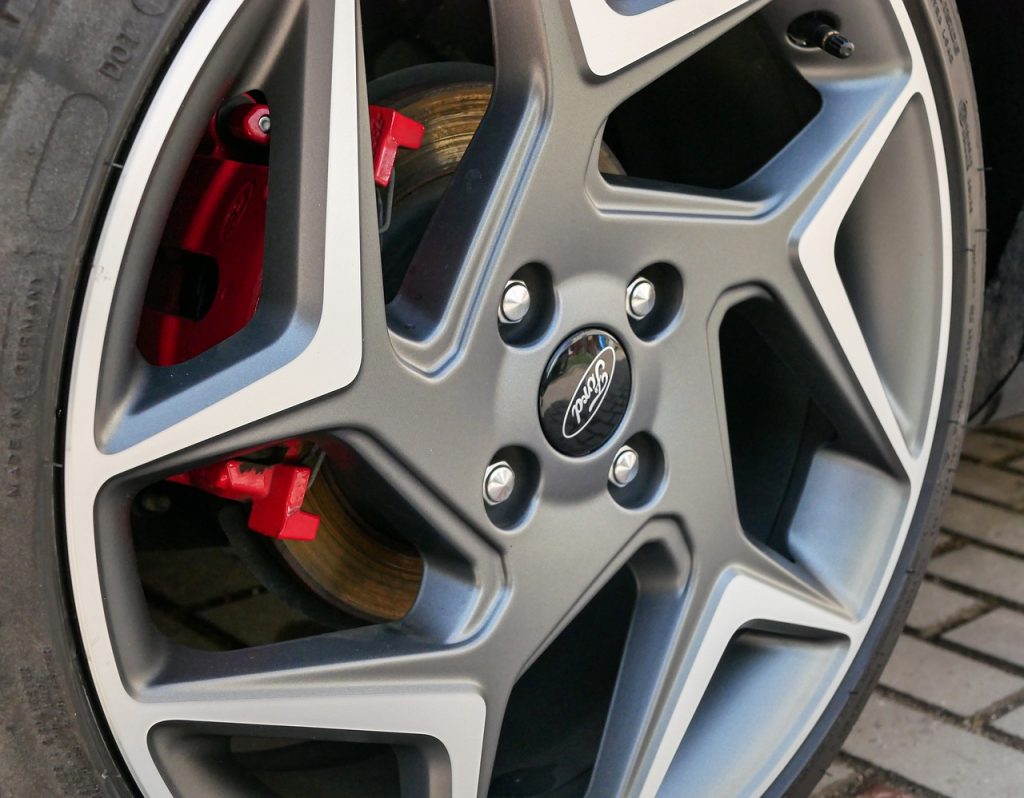When overinflated, tires have less traction on the road’s surface, which increases your risk of skids. Under-inflated tires, on the other hand, create too much friction and heat, which can lead to blowouts. Both problems reduce your handling and road safety, which makes regular tire pressure checks an essential part of proper car maintenance. Here’s how to check tire pressure in seven simple steps.

Look Up Your Car’s Optimal Tire Pressure
First, you’ll need to know what pressure to aim for. Tire pressure is measured in pounds per square inch (PSI). Most modern Ford vehicles have an optimal pressure of around 33 PSI, but the target PSI varies from car to car and tends to be slightly lower for older models. So it’s best to check your owner’s manual for your own model’s optimal PSI.
Wait Until Your Tires Are Cold
As heat expands air, you won’t get an accurate reading if you’ve recently used your car. It’s best to wait at least two hours after driving for your tires to fully cool down. To ensure cool tires, first thing in the morning is often a good time to begin.
Remove the Valve Cap
When your tires are cold, choose the first tire and remove the cap from the tip of the air valve stem. Keep the cap close to hand, so you don’t lose it.
Apply the Pressure Gauge
You’ll need a pressure gauge: either a digital or analog tool will do. Apply the nozzle of the gauge reader onto the valve stem and press until the hissing stops.
Take the PSI Reading
Your gauge tool will give you the current tire pressure. Compare the gauge’s PSI reading to your car’s optimal PSI.
Release or Add Air as Required
If the PSI reading is high, release some air from the tire. To do this, you can press the pin on the back of your pressure gauge into the tip of the air valve, which will let air seep out. If the reading is low, use an air compressor to add air. Either way, make small adjustments, pausing often to check the PSI until it’s just right.
Put the Air Valve Can Back On
When the reading is equal to the optimal PSI, replace the valve cap securely. You can then move on to the next tire.
Check Tire Pressure at Your Local Ford Dealer
If you don’t have an air compressor at home, you can always use the air pump at your nearest dealership. And if you’re new to checking tire pressure, it’s often a good idea to have a technician show you how to do it properly the first time around. Visit Whites Ford today to have your tires checked, rotated, or replaced. We’re a locally trusted, full-service dealership offering great deals, great service, and the region’s most comprehensive collision center.




